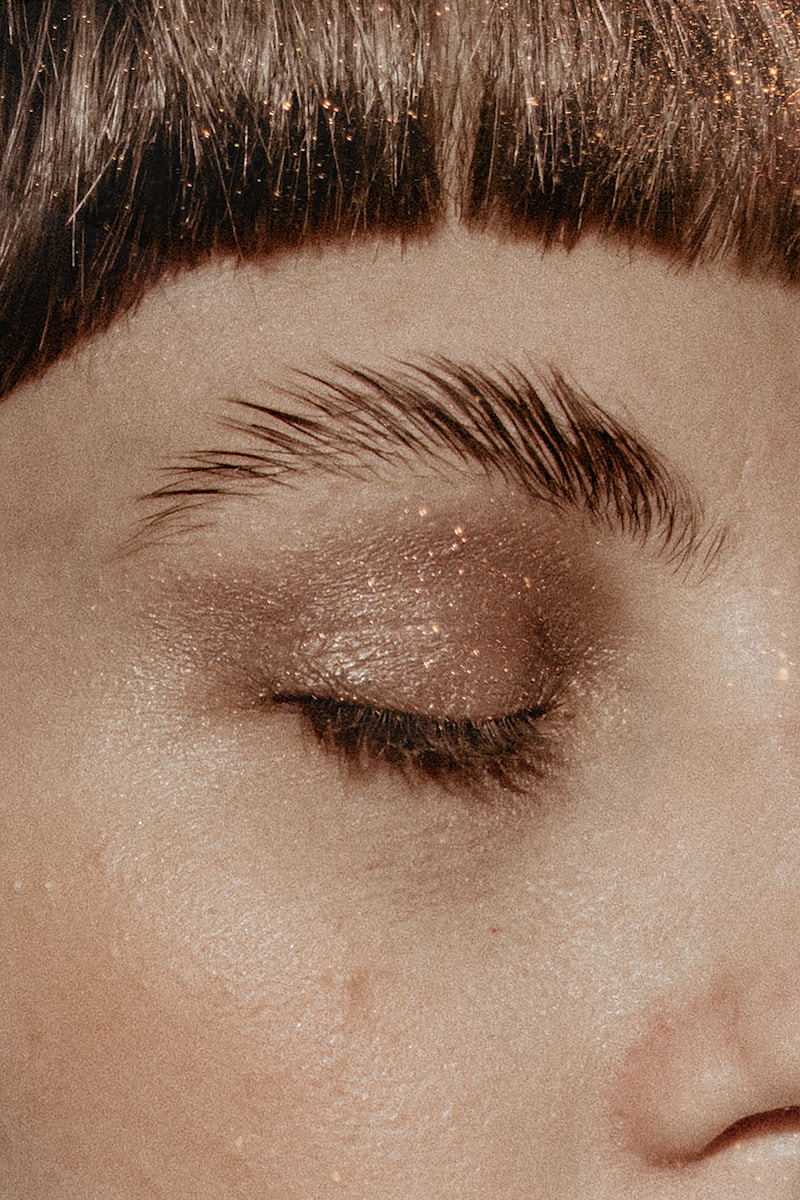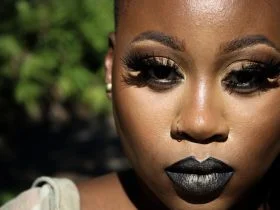Eyebrows play a crucial role in framing our faces and expressing our emotions. When your eyebrows start to thin or disappear, it can be upsetting. Fortunately, there are several ways to restore density and hair growth to your eyebrows, whether through lifestyle changes, medication, or procedures like an eyebrow hair transplant. Let’s explore the causes of eyebrow loss and the various methods to address it.
Reader's Roadmap
Causes of Eyebrow Loss
Several factors can contribute to thinning or lost eyebrows. One common cause is over-plucking. Repeatedly plucking eyebrows can damage hair follicles, leading to permanent hair loss. This is often seen in individuals who over-pluck their eyebrows in an attempt to achieve a specific shape, only to find that the hair doesn’t grow back as it once did. Aging is another significant factor. As we age, hair growth slows down, affecting the eyebrows just as it affects the hair on our heads. This natural part of aging can lead to thinner, sparser eyebrows.
Nutritional deficiencies also play a crucial role in hair health. Lack of essential nutrients like biotin, iron, and vitamins can result in hair thinning, including the eyebrows. Medical conditions such as alopecia areata, thyroid disorders, and eczema can cause eyebrow loss as well. These conditions can disrupt the normal hair growth cycle, leading to hair loss. Certain medications, including chemotherapy drugs, can lead to hair loss, including eyebrows. This side effect is often temporary, but it can be distressing while it lasts. Stress and hormonal changes are other factors that can impact hair growth cycles. Hormonal imbalances, particularly those related to thyroid function, can cause hair loss, while high-stress levels can push more hairs into the shedding phase of the hair growth cycle. Finally, genetics play a role. Some people are genetically predisposed to having sparse eyebrows, which can become more apparent with age or changes in health.
Addressing Eyebrow Loss
Depending on the underlying cause, there are several methods to restore and enhance your eyebrows. Maintaining a healthy diet rich in vitamins and minerals can support hair growth. Foods high in biotin, iron, zinc, and vitamins A, C, D, and E can be particularly beneficial. For instance, incorporating foods like eggs, nuts, seeds, leafy greens, and fish into your diet can provide these essential nutrients. Additionally, reducing stress through relaxation techniques like yoga, meditation, or regular exercise can improve overall hair health. These practices can help balance your hormones and reduce the adverse effects of stress on your hair.
Topical treatments are another effective method for promoting eyebrow growth. Several over-the-counter and prescription products can help. Minoxidil (Rogaine), originally used for scalp hair loss, can be applied to the eyebrows to stimulate hair growth. It works by prolonging the growth phase of the hair cycle, encouraging thicker hair growth. Latisse also known as Bimatoprost is another option. Known for its effectiveness in growing eyelashes, Latisse can also be used to enhance eyebrow thickness. This prescription treatment can provide noticeable results with consistent use.
Applying natural oils like rosemary oil and peanut seed oil can help nourish the hair follicles and promote growth. These oils are known for their stimulating properties and can be a gentle alternative to chemical treatments. Regularly massaging these oils into your eyebrows can improve blood circulation to the area, potentially encouraging hair growth. Supplements containing biotin, collagen, and other essential nutrients can support hair growth from within.
Tattooing and Microblading
Another popular method for restoring the appearance of eyebrows is through tattooing and microblading. These semi-permanent makeup techniques can provide immediate results and are ideal for those who want a defined look without daily maintenance.
Tattooing involves using a machine to implant pigment into the skin, creating a more permanent solution. The results can last several years, but they may fade over time and require touch-ups. Tattooing is suitable for those looking for a bold, defined look and who are comfortable with the commitment of a more permanent solution.
Microblading, on the other hand, is a semi-permanent technique that uses a manual tool to create fine, hair-like strokes that mimic natural eyebrow hairs. The pigment is implanted into the upper layers of the skin, resulting in a natural, fuller look. Microblading typically lasts one to two years, with touch-ups needed to maintain the desired appearance. This technique is perfect for those seeking a more natural look and who are willing to commit to periodic maintenance.
Eyebrow Hair Transplants
For those seeking a more permanent solution, an eyebrow hair transplant offers a highly effective option. This procedure involves transplanting hair follicles from another part of the body, typically the scalp, to the eyebrow area. The process begins with a consultation with a hair surgeon to discuss your goals and evaluate your suitability for the procedure. During this consultation, the specialist will examine your eyebrows and scalp to determine the best approach for your transplant.
Once you decide to proceed, the next step is harvesting donor hair. Hair follicles are extracted from a donor site, usually the back of the scalp, using techniques similar to those used in scalp hair transplants. This method ensures that the transplanted hair will grow naturally in its new location. The harvested follicles are meticulously implanted into the eyebrow area, following the natural growth pattern of your eyebrows. This careful placement is crucial for achieving a natural-looking result.
The recovery period is relatively short, with most patients returning to normal activities within a few days. You may experience some redness and swelling initially, but these symptoms typically subside quickly. Full results can be seen after several months as the transplanted hair grows in. The transplanted hair will continue to grow just like natural eyebrow hair, providing a long-lasting solution to thinning or lost eyebrows.
Benefits of Eyebrow Hair Transplants
Eyebrow hair transplants offer several benefits. The most significant is the natural results they provide. The transplanted hair grows just like natural eyebrow hair, so the results blend seamlessly with your existing hair. This natural growth ensures that your eyebrows look full and healthy without the need for ongoing treatments or makeup. Unlike temporary fixes, eyebrow hair transplants offer a permanent solution. Once the transplanted hair takes root and begins to grow, it will continue to do so indefinitely, providing lasting results. Another advantage is the ability to customize the shape and density of your eyebrows to meet your preferences. Whether you want a bold, defined look or a more subtle, natural appearance, the procedure can be tailored to achieve your desired outcome.
Benefits of Addressing Your Thinning Eyebrows
Eyebrow restoration is a multifaceted process that can involve simple lifestyle changes, the use of topical or natural treatments, or even undergoing a hair transplant procedure. Each method has its benefits, and the best approach often depends on the underlying cause of eyebrow loss. By understanding the various options available and seeking professional guidance, you can make informed decisions that lead to healthy, beautiful eyebrows and a more confident you.







Leave a Reply
View Comments